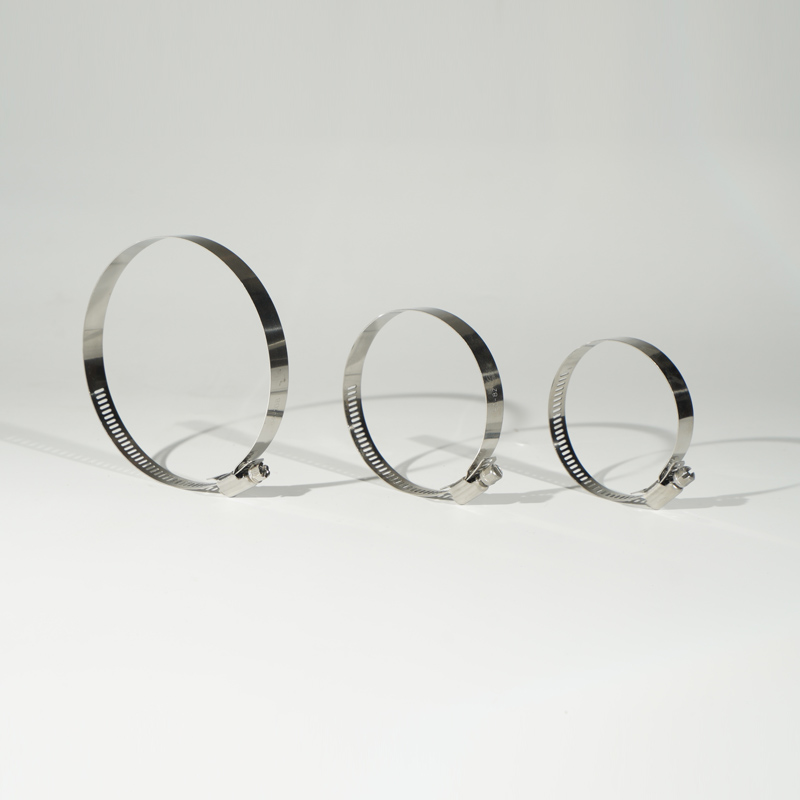- Phone:+86-17331948172 +86-0319-8862898
- E-mail: inquiry@puxingclamp.com
Նյմ . 02, 2024 04:15 Back to list
fire department hose clamp
Understanding Fire Department Hose Clamps Essential Tools for Firefighting
Firefighting is one of the most critical professions, demanding the utmost efficiency and reliability in every piece of equipment used. Among the myriad tools that fire departments rely on, hose clamps play a vital role. This article delves into the significance of hose clamps in firefighting operations, their types, and best practices for their use.
The Role of Hose Clamps
Hose clamps are essential accessories that aid firefighters in managing water flow during firefighting efforts. They are designed to secure and connect fire hoses, ensuring that water is effectively delivered to the fire scene. When every second counts, the integrity of both the hose and the connection becomes paramount. A failure in this regard could lead to dangerous situations, including reduced water pressure or leaks that could jeopardize the safety of firefighters and civilians alike.
Hose clamps are particularly beneficial in situations where multiple hoses need to be connected or when repairs are necessary on the scene. They help maintain a strong, reliable connection that can withstand the high pressure typically encountered during firefighting.
Types of Hose Clamps
There are various types of hose clamps commonly used in firefighting
1. Band Clamps These are the most basic type, made from a metal band wrapped around the hose and tightened with a screw mechanism. They are simple to use and effective for standard hose connections.
2. T-Bolt Clamps These clamps utilize a T-shaped bolt for tightening, providing a more secure grip than traditional band clamps. They are particularly useful for heavy-duty applications where high-pressure resistance is essential.
3. Quick-Release Clamps Designed for rapid deployment, these clamps allow firefighters to quickly connect or disconnect hoses without the need for tools. Their ease of use can significantly reduce the time taken to set up or adjust hose lines during an emergency.
fire department hose clamp

4. C-Fit Clamps Although less common, these clamps provide a unique design meant for specific hose diameters and applications, offering a perfect fit to prevent leaks.
Best Practices for Using Hose Clamps
To ensure the effectiveness of hose clamps during firefighting operations, certain best practices should be observed
1. Regular Inspection Firefighters should routinely check hose clamps for wear and tear or corrosion, replacing any damaged clamps before they can be used in an emergency.
2. Proper Fitting It is crucial to use hose clamps that are the right size for the hoses they are intended for. Properly fitted clamps reduce the risk of leaks.
3. Training Firefighters should be adequately trained in the use of various hose clamps, including techniques for rapid deployment and securing connections under pressure.
4. Maintenance After use, hose clamps should be cleaned, inspected, and stored in a proper manner to ensure their longevity and reliability for future use.
Conclusion
In conclusion, hose clamps are more than just simple accessories; they are essential tools that play a crucial role in firefighting operations. By ensuring the reliability of hose connections, these clamps contribute significantly to the safety and efficiency of firefighting efforts. As technology evolves, it is vital for fire departments to stay updated on the latest advancements in hose clamp design and materials, ensuring that their equipment meets the high standards required in emergency situations. Ultimately, investing in effective hose clamps and understanding their proper use can make a considerable difference in the battle against fires, safeguarding lives and property alike.
-
Premium Stainless Steel Hose Clamp for Automotive & Industrial Use
NewsJul.27,2025
-
Heavy Duty Hose Clamp – Durable Stainless Steel Automotive Tube Clip
NewsJul.26,2025
-
High Quality Precision Stainless Steel Strip for Industrial Use
NewsJul.25,2025
-
Black Rubber Hose Clamp with Rubber Lined & Insulated Design for Secure Fitting
NewsJul.24,2025
-
High Quality Steel Stainless Midsole for Safety Shoes Supplier
NewsJul.23,2025
-
High Quality Hose Clamps Mini Clips - German Style & Stainless Steel
NewsJul.22,2025




